- Joined
- May 17, 2014
- Messages
- 7,286
Hi Folks
I need education on extinction.
Lately I am not sure if what I am calling extinction is extinction.
When the colouring is even in a stone but you still see a lighter patch and a darker patch depending on how you tilt it, is that called extinction?
I took some random stones off the internet. Which of these is called extinction?
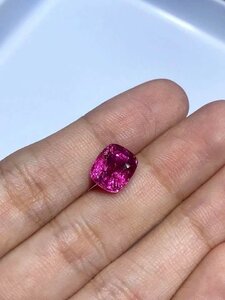
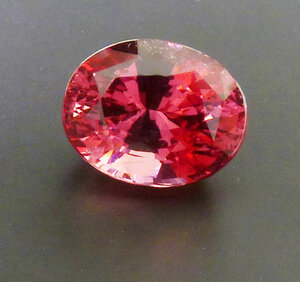
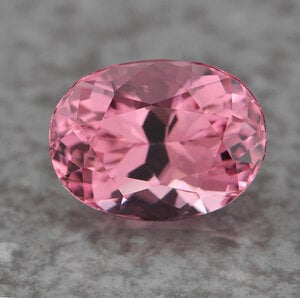
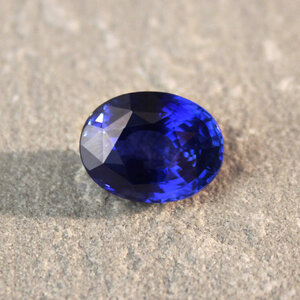
I need education on extinction.
Lately I am not sure if what I am calling extinction is extinction.
When the colouring is even in a stone but you still see a lighter patch and a darker patch depending on how you tilt it, is that called extinction?
I took some random stones off the internet. Which of these is called extinction?









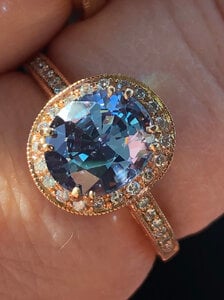
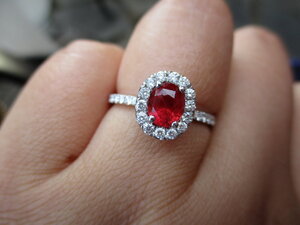
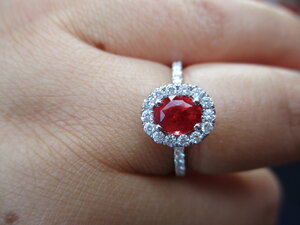
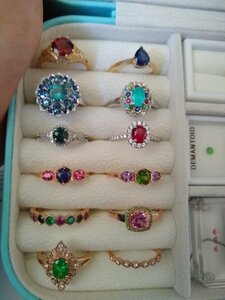
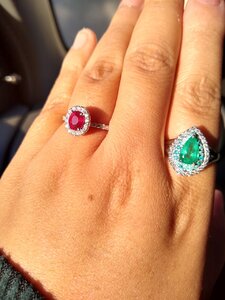
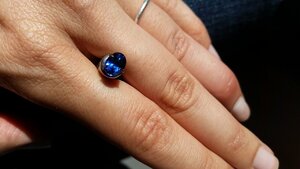
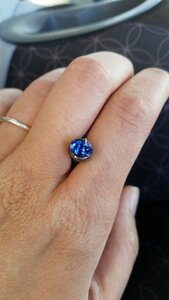


300x240.png)